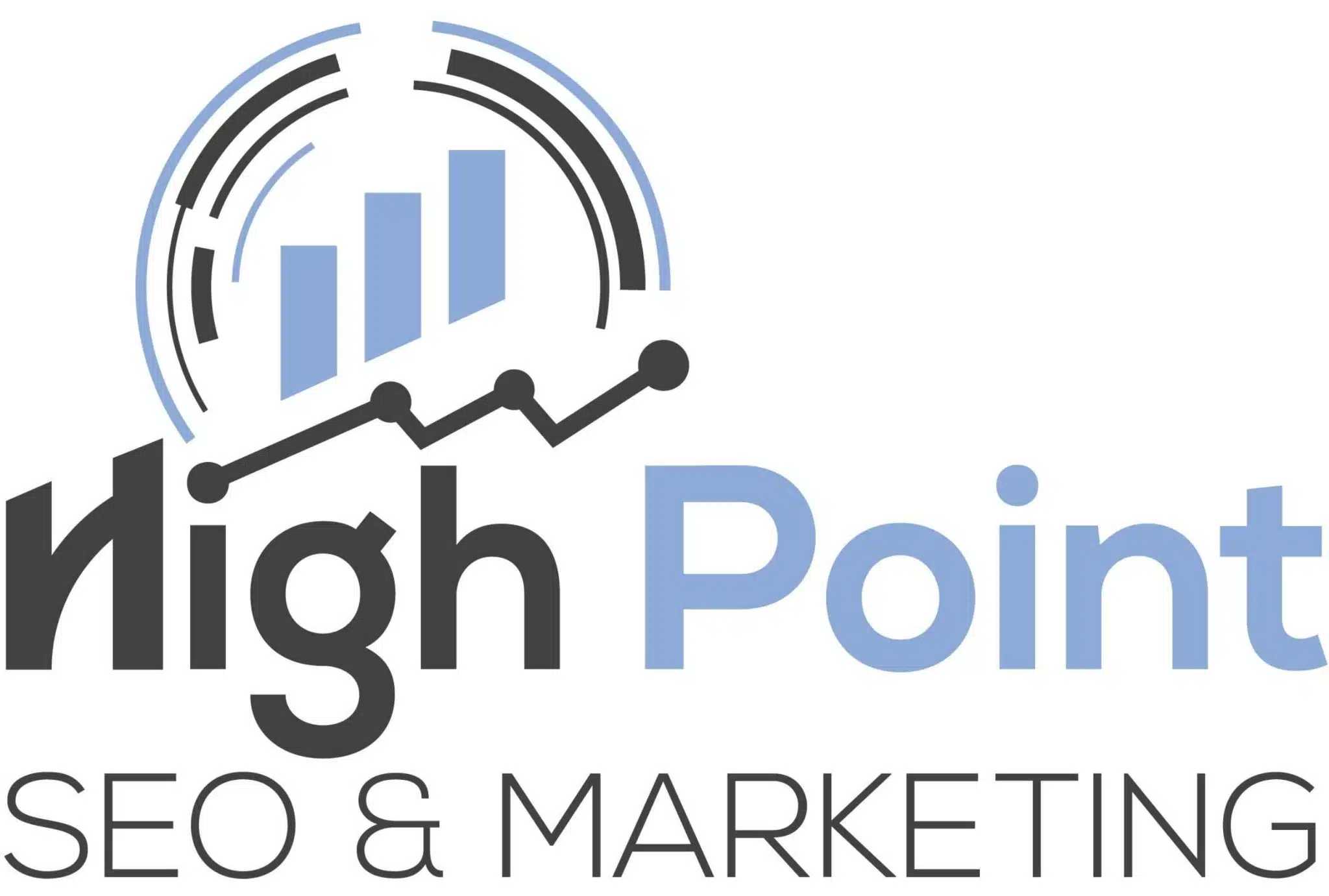What Does Content Mapping Mean, and Why is It Important for Websites?

Content mapping combines strategy and organization to create a dynamic website! Websites must engage visitors from the first click in today’s digital world. Content mapping helps.
Think of content mapping as website GPS. Content mapping directs readers through your site with useful information like a GPS does. It’s essential to building valuable, conversion-driven websites.
The Purpose of Content Mapping
Content mapping is more than a digital marketing buzzword—it’s essential for websites. Content mapping is to match your website’s content to your target audience’s preferences.
A well-structured content map ensures that every piece of website content serves a purpose and fits into the user journey. This strategy lets you give users relevant and useful content at every level of their site experience.
User experience is a key goal of content mapping. Understanding what content resonates with different audience segments lets you customize your messaging. This speeds up user information retrieval, increasing engagement, visit duration, and conversions.
A thorough content map improves user experience by providing relevant and valuable information throughout their website journey and optimizes SEO results. It’s vital for websites that want to engage visitors and meet commercial goals.
How Content Mapping Can Benefit Websites
Content mapping helps websites organize and provide valuable content to the target audience. Website owners can guarantee their content meets visitors’ requirements and interests by visualizing how content relates.
Improved user experience is a primary benefit of content mapping. Website owners can generate personalized and relevant content at each level by knowing the client journey and important touchpoints. This boosts trust, engagement, and conversions.

Content mapping also improves SEO. Websites can boost search engine results and organic traffic by strategically integrating keywords throughout the content. It ensures no site topic overlaps or gaps.
The Process of Creating a Content Map
Creating a content map is crucial to website development. It entails preparing and structuring your website’s content to meet your audience’s needs.
Before establishing a content map, define your target audience and understand their demographics, interests, and pain areas. This data will help you decide their preferred content.
Find keywords your target audience is searching for by doing thorough keyword research. Your content strategy will start with these keywords.
Based on relevance and similarity, organize keywords into subjects or themes. This helps you organize related content into user-friendly clusters.
Create a subject or theme outline after categorizing keywords. This outline should have headers, subheadings, and bullet points to highlight major points or concepts for each topic cluster article.
Start developing material using your structure. Optimize it with relevant keywords and make it educational, interesting, and valuable for your readers.
Creating a content map helps you organize and plan your website’s content to provide important information to your audience and improve search engine exposure.
Tools and Techniques for Successful Content Mapping
Having the correct content mapping tools and strategies is crucial. These resources might help you construct an effective content map.
- Keyword Research Tools: Use Google Keyword Planner or SEMrush to find keywords and topics your target audience is searching for. This lets you tailor material to their needs.
- Buyer Persona Development: Content mapping requires audience understanding. Make thorough buyer personas with HubSpot’s Make My Persona or Xtensio’s User Persona Creator, including demographics, pain points, goals, and preferences.
- Content Audit Tools: Analyzing website content reveals gaps and opportunities for improvement. Screaming Frog and Moz Site Crawl reveal page structure, metadata optimization, internal linking, and more.
- Visual Mapping Tools: Use MindMeister or Lucidchart to visualize your content plan. These tools arrange ideas, plan topic clusters, and establish site content hierarchy.
- Collaboration platforms: Content mapping sometimes requires cross-functional team or department collaboration. Teams may communicate successfully by assigning tasks, establishing deadlines, and securely sharing files/documents in Trello or Asana.
- Content Calendar Management Software: CoSchedule or Airtable simplifies content tracking by scheduling publication dates, assigning writers/editors, managing revisions/approvals, and tracking performance indicators.
Utilize tools and techniques for keyword research, buyer persona development, content auditing, and visual mapping to create a content map that drives traffic, meets user intent, and achieves website goals. Happy mapping!
Real-Life Examples of Effective Content Maps
Content mapping can boost website efficiency and effectiveness. You may build a seamless user experience that engages visitors and motivates them to take desired actions by arranging and aligning your content with your target audience’s needs and preferences.
Let’s examine some real-world examples from various industries to demonstrate content mapping’s impact:
- E-commerce: Successful online retailers know their clients’ purchase journey. They strategically align product descriptions, photos, and customer reviews with sales funnel stages. This gives buyers all the information they need to decide.
- Education: A school builds a content map with grade-level learning objectives. They structure and integrate student and teacher learning by connecting curriculum materials with these aims.
- Travel: Content mapping lets travel agencies customize recommendations depending on consumers’ interests, budgets, and destinations. They improve travel planning by offering customized blog posts, destination recommendations, and interactive maps.
- Healthcare: Content mapping helps healthcare providers address patient issues from first symptoms to post-treatment care. They accompany patients during therapy by providing pertinent information through blogs and FAQs on their website.
These examples show how good content mapping lets organizations across industries offer relevant messaging at each site encounter.
Potential Challenges and How to Overcome Them
Websites may struggle with content mapping. These obstacles can be overcome with the correct methods.
Gathering accurate and meaningful content mapping data is difficult. It can be challenging to gather accurate information from multiple sources. This challenge requires careful study utilizing credible sources and methods. This helps gather reliable data for a complete content map.

Many websites struggle with resource management during content mapping. A detailed content map may be difficult to create with limited cash or staff. Prioritize corporate goals and commit resources to meet this difficulty. Instead of covering several topics, create high-quality, tailored content.
Consistency across platforms is a major difficulty in content mapping. With many channels including website pages, blog articles, social media platforms, etc., consistent messaging must be maintained while adjusting to each platform’s distinct qualities.
To address this difficulty, establish brand standards that outline tone of voice, style guide principles, and platform-specific criteria for uniformity without compromising particular requirements.
Conclusion: Why Every Website Needs a Content Map
A well-organized website is essential in today’s digital world of tough competition and high user expectations. Here comes content mapping. Your website can give the right information to your target audience at every point of their journey with a content map.
A website content map outlines the content you need to develop and how it fits together. It helps you determine what content to publish for each client journey stage—awareness, consideration, and conversion.
A good content mapping approach can assist websites. It guarantees that your website gives relevant and useful information at each touchpoint, improving user engagement and experience.
You can link your content with goals or objectives. Understanding how each piece of content helps drive traffic, generate leads, or promote product sales will boost its effectiveness.

 Bill Yeager, Co-Owner of High Point SEO & Marketing in CT
Bill Yeager, Co-Owner of High Point SEO & Marketing in CT